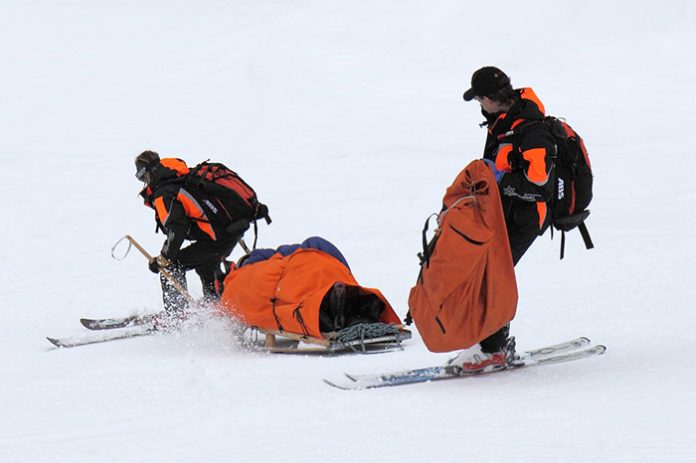If you enjoy skiing, you know it can be a fun and exhilarating pastime. However, skiing, on the other hand, can be classified as an extreme sport that may cause a wide range of ski injuries. Such as knee injuries, especially anterior cruciate ligament injuries. There are dislocated, sprained, and even fractured shoulders or lower legs common among skiers. A “skier’s thumb” is also an injury that occurs when a skier falls on an outstretched hand while holding a ski pole. Last but not the least, the most common ski injury is a head injury which can be life-threatening.
Skiing injuries can occur if you are not cautious. Before you hit the slopes, it’s critical to understand and calculate the risks. For instance, ever thought about how many ski injuries per year occur? According to research conducted by National Ski Areas Association, there were 48 fatal ski injuries at North American ski resorts during the 2020 to 2021 ski season. Another research at Dr. Huiyun Xiang Center for Injury Research and Policy found that every year there are 20 to 40 ski-related deaths on average.
9 Most Common Ski Injuries and Their Prevention
Whether you’re a seasoned skier or a beginner, we will talk about common ski injuries and how to avoid them. At the end of this post, we will provide you with safety tips and tricks.
So, let’s get started…
1Sprains and Fractures in the Leg
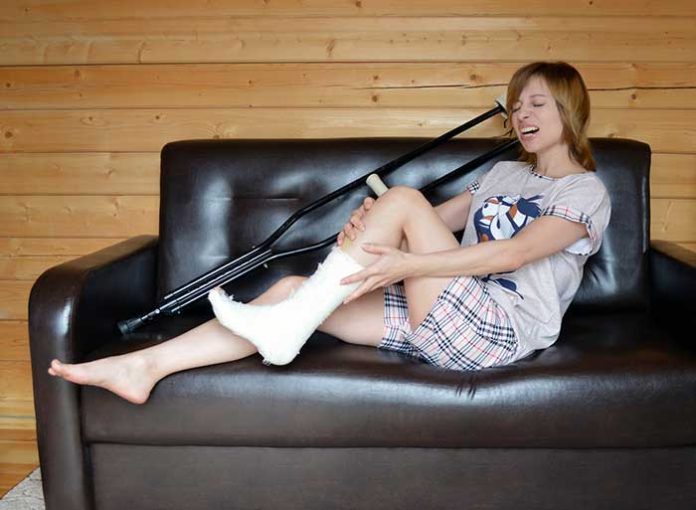
As skiers frequently fall and collide with others and objects around them, leg sprains are the most common skiing injuries, followed by fractures. These fractures are frequently to the shins and thighbones, and they are more common in older skiers whose bones are more brittle. A skier can help prevent leg sprains and fractures by wearing properly fitted equipment and using releasable bindings on their skis.
2MCL Ski Injury on the Knee
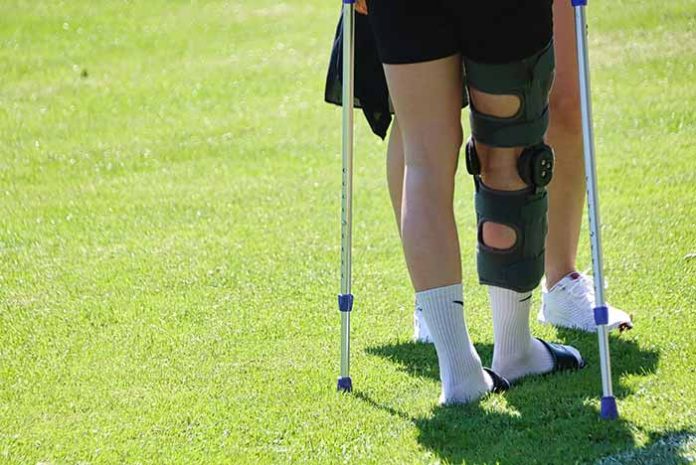
The most common skiing injury to the knee is medial collateral ligament damage, as this ligament connects your shinbone to your thighbone.
Skiing with unbalanced weight, especially in a snow plow position, can result in MCL ski injuries. When skiing, make sure to distribute your weight evenly and try to stay on the slopes’ even terrain. This ski injury could treat without surgery simply by wearing a knee brace restricting joint movement. It will require a few weeks off the slopes to allow this ski injury to heal!
3ACL Injuries
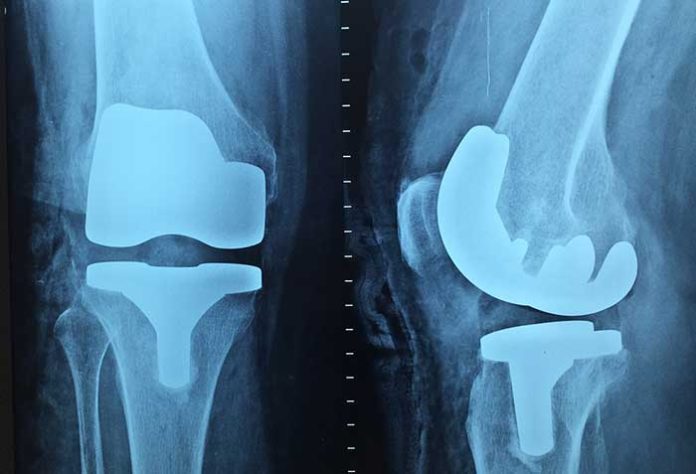
Anterior Cruciate Ligament damage is a more painful and complicated skiing injury because this ligament prevents your shinbone from sliding in front of your thighbone. If you fall backward while your lower leg continues to move forward, you risk hyperextending and snapping the ligament. ACL repair almost always necessitates orthopedic surgery and long-term rehabilitation with physiotherapy. It is common practice to advise you not to ski again until your ACL fully recovers and you are physically strong enough to move.
4Fractures of the Wrist
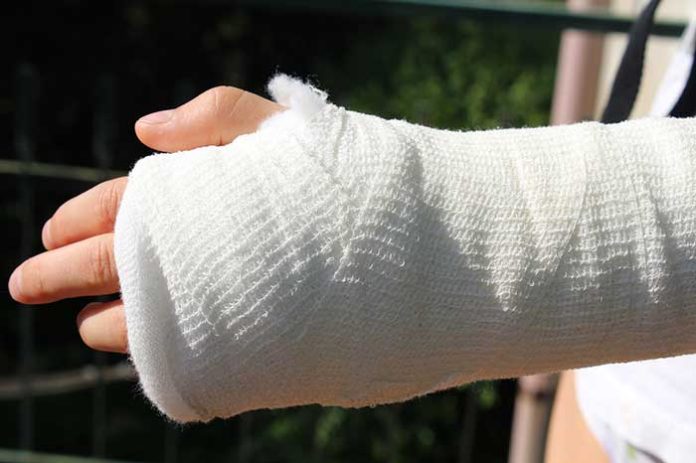
It’s natural to want to regain your balance by using your hand while falling. It occasionally works. In some cases, it does not. Putting all your weight on your hands can severely injure your limbs; the last thing you want is a fracture in the middle of the ski season!
Wrist injuries are unfortunately common among all sports enthusiasts, not just skiers. If you have broken your wrists, you must stop skiing until you heal. Seek medical attention and have it treated. You may need to wear a splint or a cast to allow your injury to heal, and some injuries will require specific exercises. Consult your physician and have your hands treated!
5Skier’s Thumb
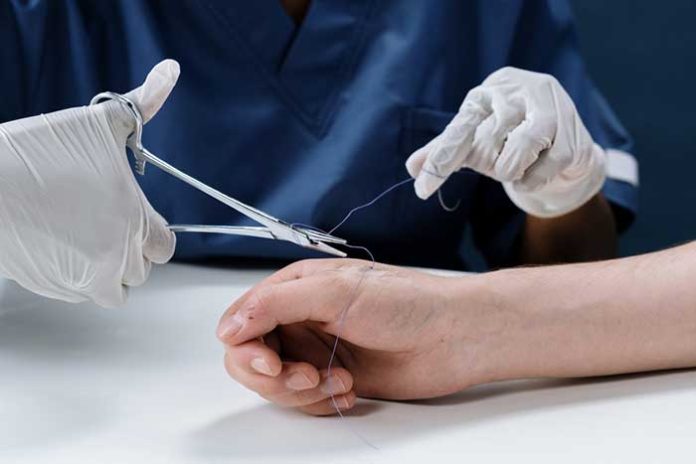
This injury had to be on the list with a name like a skier’s thumb.’ The term “skier’s thumb” refers to tearing your hand’s ulnar collateral ligament (UCL). It’s a skier’s thumb because it’s a common injury caused by falling on your outstretched hand while holding a pole. Skiers are particularly vulnerable to UCL tears because it is instinctive to extend your hands to soften your fall. If you continue to hold on to your pole while doing this, you risk tearing your UCL.
6Rotator Cuff Tension
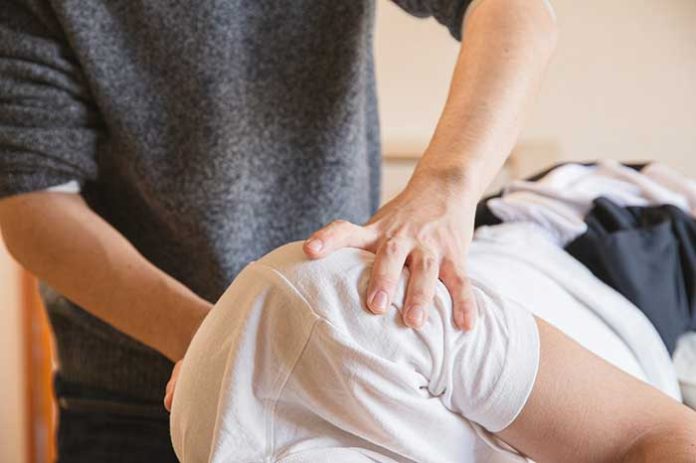
Skiers, particularly cross-country skiers, are prone to rotator cuff strains and sprains. The repetitive motion of propelling yourself forward, primarily with your upper body, strains your arms, shoulders, back, and core.
While the repetitive motion of skiing can injure any part of the body, 39% of all upper extremity injuries are to the rotator cuff. Rotator cuff strains can also happen when a skier braces themselves for a fall or collides with another object.
7Ski Injury to the Shoulder
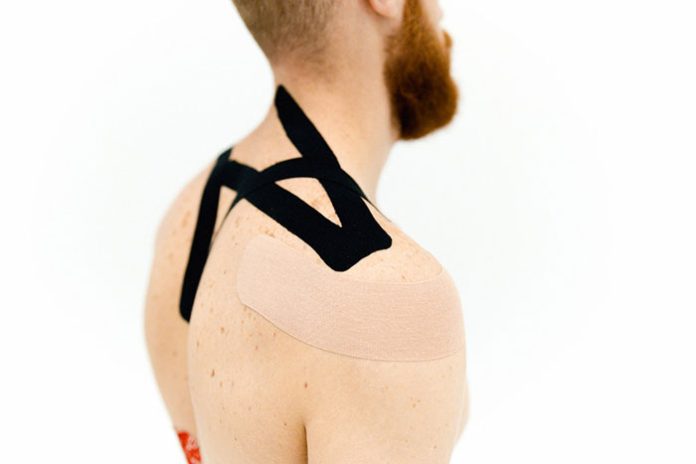
Shoulder injuries are another common ski injury that occurs in the same way that hand injuries do. When skiers fall, they try to stop themselves by holding their arms out. But instead, they fall hard on their shoulders, causing shoulder dislocations. Shoulder dislocations occur when Homer’s bone is pushed out of the arm-shoulder socket by force. A similar ski injury to the shoulder can result in a rotator cuff injury, which restricts shoulder movement. And this injury is more serious. Shoulder dislocations are usually treatable without surgery because doctors can sometimes pop the shoulder back into place. This, however, can be an excruciating procedure. If the ski injury tore the rotator cuff in the shoulder, the skier would need orthopedic surgery and a lengthy rehabilitation period.
8Spinal Cord Injuries
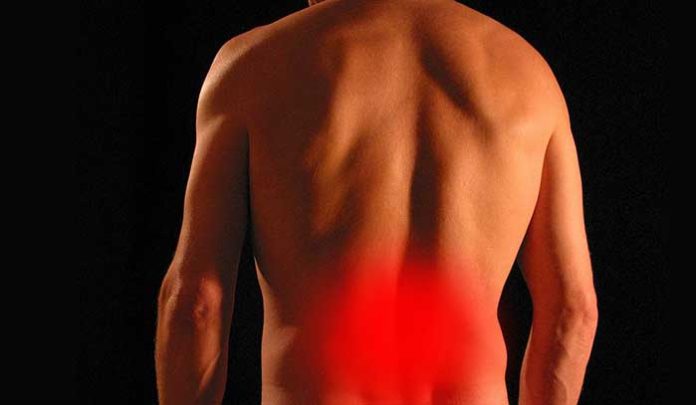
Skiing, like any other high-speed or high-contact sport, puts you at risk of spinal injury. Spinal injuries are dangerous regardless of whether you collide with another object or land on your head while performing a trick. Spinal injuries are consistently linked to skiers going faster or attempting to land bigger tricks than the rest of the pack.
9Injuries to the Head

The most severe and common ski injury is head trauma. Because head injuries can be fatal, all skiers must wear protective headgear! Minor head injuries can be as simple as a few bumps or cuts from falling. More severe head injuries, on the other hand, can result in spinal injuries or breathing problems. All skiers should be aware of any symptoms that may necessitate immediate medical attention. Unconsciousness, nausea, dizziness, headaches, bleeding from the ears or nose, and blurred vision are all possible symptoms. The ski injury must be treated immediately by checking the skier’s airway, breathing, and circulation (ABC), as this could save their life!
How Can I Avoid Ski Injuries?
Preparation is everything when it comes to skiing. The more you prepare, the less likely you will be injured. Here are some key tips to help you avoid ski injuries:
Physical fitness: Because skiing is a physically demanding sport. So, maintaining a good fitness level before you ski is critical for lowering your risk of injury. Exercises that condition your body and core muscles can help prevent injury, but it’s essential to follow your doctor’s advice. If you experience any pain while exercising, stop and consult with a medical professional.
Warming up — Overexertion with cold or stiff muscles, as with any exercise, can result in injury. Regardless of your experience level, starting your day with slower runs is also a good idea.
Have the right equipment — if you’re renting ski equipment, ensure it fits correctly. Also, your skis are the correct length for you, your skill level, and the terrain you’ll be skiing on.
Ski lessons — if you’re a beginner or haven’t skied in a few seasons, take professional ski lessons. Lessons can benefit even experienced skiers. They can improve your confidence as well as your technique, and they can also teach you how to fall correctly to reduce your risk of injury. Skiing to your ability — whether you’re a beginner or an experienced skier, stick to the safest run within your ability. Only proceed when you are entirely confident and well-versed.
Note: Always use rental shops that properly measure you for ski goggles, boots, skis, and poles. If you have your equipment, ensure it is in good working order. Wearing layers of water- and wind-resistant clothing will keep you warm.
Don’t ski if you’re tired — injuries are more likely if you haven’t gotten enough rest or are eager to get one last run at the end of the day. Dehydration can also contribute to fatigue, so stay hydrated throughout the day.
Don’t drink and ski — not only will you become dehydrated and tired on the slopes, but drinking causes recklessness and accidents because your judgment is impaired, and you take more risks.
Wear protective equipment — such as wrist guards and elbow and knee pads, to protect your joints. A ski helmet can help to reduce your risk of injury.
Pay attention to signs and warnings — stay on designated paths and avoid deviating into hazardous terrain. Ski with a partner to avoid being alone on the slopes.
Conclusion:
If you are injured while skiing and need medical attention, seek medical attention as soon as possible. Even if you’re still on your ski vacation, do not delay the treatment. Consult with a trained expert who can thoroughly check you, diagnose the injury and begin your treatment immediately.
For more ski-related info and tips stay tuned to spoliamag.com.


